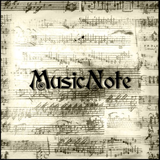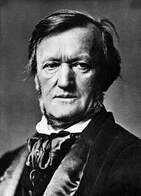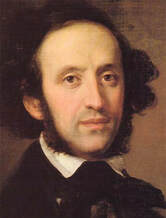
There are two very important segments of music during the wedding ceremony. They can be modern instrumental music, or music with lyrics if you prefer. This information will advise you about well-known traditional classical music for the Processional of the Bride at the beginning of the ceremony. And, traditional classical music for the Recessional of the Bride and Groom at the end.
I would love to take a moment to go over with you the difference between the two very well-known and traditional wedding music compositions. I am doing this because, so many DJ’s get these two pieces of music confused. No offence to any DJ who may be reading this - but having been to a quite a few weddings where the incorrect piece was played, I felt I had to help out by informing you, and couples, the difference between the “Processional” music and the “Recessional” music.
So that everyone understands the “processional” is the very start of the ceremony. It is where the groom, bridal party and the bride and her escort (usually her father), all walk slowly down the aisle. The groom and bridal party have a separate piece of music than that of the bride. The bride’s entrance music is traditionally quite slow, graceful and formal. It can easily bring tears of emotional joy from the audience, family members, and sometimes even the groom, as they watch the bride beautifully and regally walk towards her groom, who awaits with anticipation for her to stand by his side.
I would love to take a moment to go over with you the difference between the two very well-known and traditional wedding music compositions. I am doing this because, so many DJ’s get these two pieces of music confused. No offence to any DJ who may be reading this - but having been to a quite a few weddings where the incorrect piece was played, I felt I had to help out by informing you, and couples, the difference between the “Processional” music and the “Recessional” music.
So that everyone understands the “processional” is the very start of the ceremony. It is where the groom, bridal party and the bride and her escort (usually her father), all walk slowly down the aisle. The groom and bridal party have a separate piece of music than that of the bride. The bride’s entrance music is traditionally quite slow, graceful and formal. It can easily bring tears of emotional joy from the audience, family members, and sometimes even the groom, as they watch the bride beautifully and regally walk towards her groom, who awaits with anticipation for her to stand by his side.
 Composer, Richard Wagner
Composer, Richard Wagner The well-known classical piece that is used for the entrance of the bride, is called “The Bridal Chorus” It was written by Richard Wagner in 1850 for the opera, Lohengrin. You often hear this piece referred to as “Here Comes The Bride”. The Bridal Chorus was used for the entrance of the bride in the 1991 version of the wonderful film “Father of the Bride” with Steve Martin. It is a piece known by all - as it instantly lets everyone know from the first chord that the bride is coming!
The “recessional” is at the very end of the ceremony - after the couple have kissed they both walk down in the aisle together in a state of great elation and excitement. And so the music for the end of the ceremony is very different tempo from that of the tranquil processional. The end of ceremony calls for joyful music of celebration!
The very lively and bright classical piece that sounds triumphant and brings joy to all, is called “The Wedding March” written by Mendelssohn. It is from “A Midsummer Night’s Dream” written in 1826.
The “recessional” is at the very end of the ceremony - after the couple have kissed they both walk down in the aisle together in a state of great elation and excitement. And so the music for the end of the ceremony is very different tempo from that of the tranquil processional. The end of ceremony calls for joyful music of celebration!
The very lively and bright classical piece that sounds triumphant and brings joy to all, is called “The Wedding March” written by Mendelssohn. It is from “A Midsummer Night’s Dream” written in 1826.
 Composer, Felix Mendelssohn
Composer, Felix Mendelssohn The only reason that I mention these two compositions of music is because these are the two that can get mixed up. There are so many other classical pieces that are beautiful too.
See below for my favorites:
- Canon in D by Pachelbel
- Arioso by Bach
- Romance by Mozart
- Ave Maria by Schubert
- Intermezzo from Cavalleria Rusticana by Pietro Mascagni
- O Mio Babbino Caro by Puccini



 RSS Feed
RSS Feed

